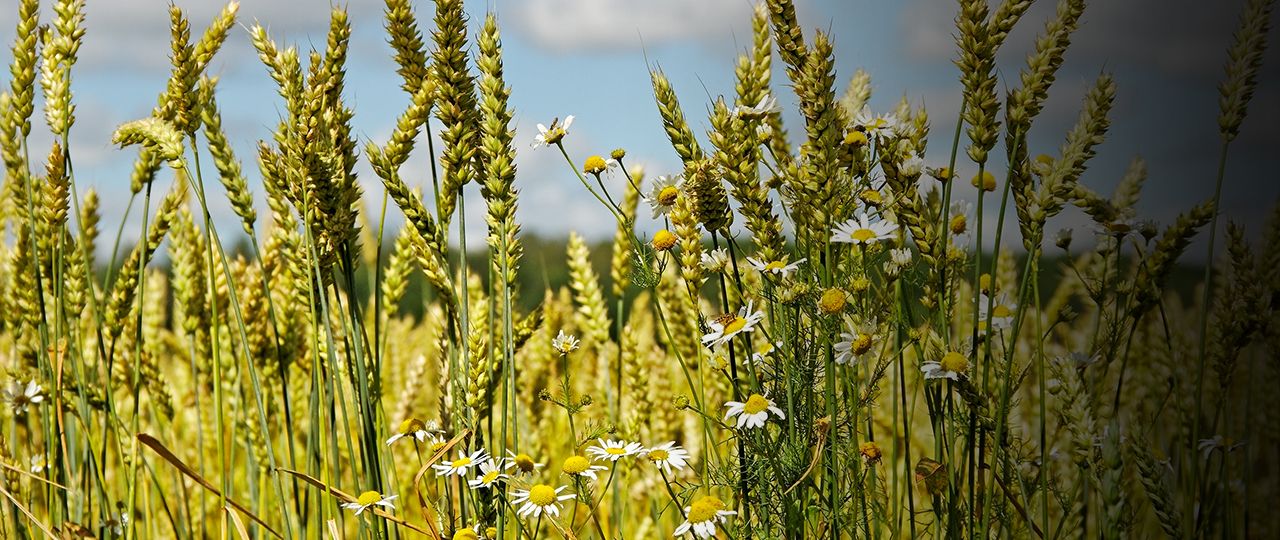
Yields were higher than last year for most of the main crop types, apart from 2nd wheats, spring barley and spring beans.
At a glance
The average yield of winter wheat for harvest 2017 was 9.1t/ha, 2% higher than in 2016 but 3% lower than the five year average.
Spring crops and 2nd wheat were particularly affected by the spring drought in April/May leading to 2017 yields below the five year average.
Oilseed rape benefited from higher June sunshine hours than those experienced in 2016, helping to push yields to 3.7t/ha, 6% above the five-year average.
Average yields for 2017
Yields were higher than last year for most of the main crop types, apart from 2nd wheats, spring barley and spring beans.
Bottom, average and top yields
We have divided our sample so it is possible to see what the bottom 25% yield is, the average and the top 25% (as well as the minimum and maximum yields2).
Yield by soil type and farm type
Yields of winter wheat on heavy clay soils averaged 9.3t/ha, which is 4% higher than 2016, and 2% lower than the 2013-17 five year average.
Yields on the lighter loam soils averaged 10.0t/ha, 3% higher than in 2016 and 2% lower than the five year average.
The data averaging of wheat yields on lighter land does not reflect the experience of many farms on lighter soils in 2017 who were particularly affected by the spring drought conditions and consequently had yields well below the farm five year average.
The data does not show a statistically significant difference in winter wheat yield between in hand farms and Contract Farming Agreements (CFAs).
New CFAs tend to be lower performing farms where yield increases over a number of years. The majority of CFAs in our dataset are on their second three year term and consequently they are stable, long-term relationships which have enabled the contractor to raise and achieve consistency in yields.
